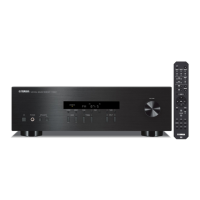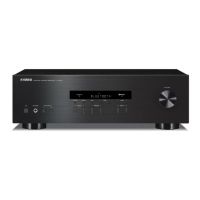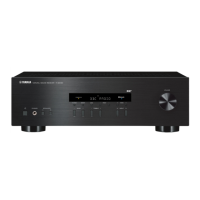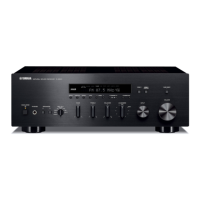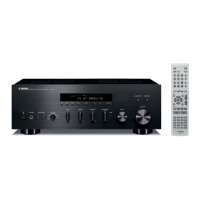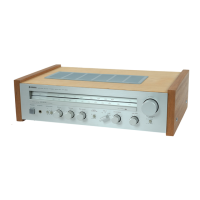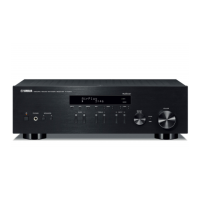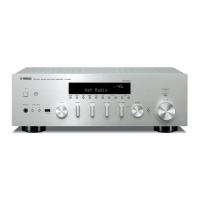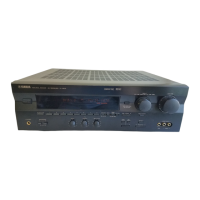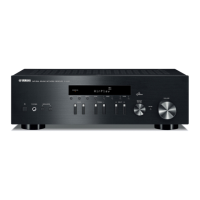What does “CHECK SP” mean on my Yamaha R-S201 Receiver?
- GGeorge NunezSep 18, 2025
If “CHECK SP” appears on the front panel of your Yamaha Receiver, it means the speaker cables got shorted out. Twist bare wires of speaker cables firmly, and then connect to this unit and speakers properly.
